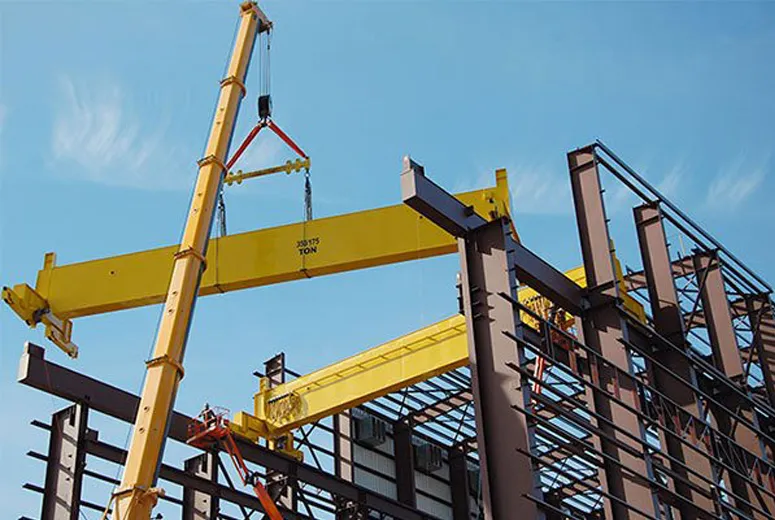- Afrikaans
- Albanian
- Amharic
- Arabic
- Armenian
- Azerbaijani
- Basque
- Belarusian
- Bengali
- Bosnian
- Bulgarian
- Catalan
- Cebuano
- Corsican
- Croatian
- Czech
- Danish
- Dutch
- English
- Esperanto
- Estonian
- Finnish
- French
- Frisian
- Galician
- Georgian
- German
- Greek
- Gujarati
- Haitian Creole
- hausa
- hawaiian
- Hebrew
- Hindi
- Miao
- Hungarian
- Icelandic
- igbo
- Indonesian
- irish
- Italian
- Japanese
- Javanese
- Kannada
- kazakh
- Khmer
- Rwandese
- Korean
- Kurdish
- Kyrgyz
- Lao
- Latin
- Latvian
- Lithuanian
- Luxembourgish
- Macedonian
- Malgashi
- Malay
- Malayalam
- Maltese
- Maori
- Marathi
- Mongolian
- Myanmar
- Nepali
- Norwegian
- Norwegian
- Occitan
- Pashto
- Persian
- Polish
- Portuguese
- Punjabi
- Romanian
- Russian
- Samoan
- Scottish Gaelic
- Serbian
- Sesotho
- Shona
- Sindhi
- Sinhala
- Slovak
- Slovenian
- Somali
- Spanish
- Sundanese
- Swahili
- Swedish
- Tagalog
- Tajik
- Tamil
- Tatar
- Telugu
- Thai
- Turkish
- Turkmen
- Ukrainian
- Urdu
- Uighur
- Uzbek
- Vietnamese
- Welsh
- Bantu
- Yiddish
- Yoruba
- Zulu
డిసెం . 18, 2024 07:47 Back to list
The Rise of Modular Steel Structures
In recent years, the construction industry has witnessed a significant transformation, driven by advancements in technology and a growing awareness of sustainability. One of the most notable developments has been the rise of modular steel structures. Combining the benefits of steel’s strength and durability with modular construction techniques, these structures are changing the landscape of building design and execution.
What are Modular Steel Structures?
Modular steel structures are buildings constructed using pre-fabricated steel components that are manufactured off-site and then assembled on-location. This approach contrasts with traditional construction methods, where materials are often sourced and assembled entirely on-site. The modules can vary in size and complexity, but they are designed to fit together seamlessly to form a unified whole. Common applications include residential homes, commercial buildings, schools, and healthcare facilities.
Benefits of Modular Steel Structures
1. Speed of Construction One of the most significant advantages of modular construction is the speed at which projects can be completed. Because many components are prefabricated in controlled environments, on-site assembly can be expedited. This means that projects can often be completed in half the time of traditional building methods. This speed not only benefits developers and investors but also reduces labor costs and minimizes financing expenses.
2. Quality Control Prefabricating components in a factory setting allows for better quality control compared to on-site construction. Steel components can be manufactured to precise specifications, ensuring consistency and durability. This controlled environment helps reduce the risk of errors and defects that can happen during traditional construction processes, leading to higher quality outcomes.
3. Reduced Waste Modular construction techniques are inherently more sustainable than conventional methods. By utilizing advanced manufacturing techniques, off-cuts and unused materials can be minimized. Additionally, because components are produced in a factory, it is easier to recycle materials and manage waste effectively.
4. Design Flexibility Modular steel structures offer enhanced design flexibility. Architects and engineers can create innovative designs without worrying about the limitations typically associated with traditional construction methods. The modular approach accommodates complex geometries and customizations while still adhering to structural integrity and compliance with building codes.
modular steel structures

5. Improved Safety Construction sites can be hazardous places, but the modular approach can improve safety outcomes. Since a significant portion of the assembly is done off-site, the amount of on-site labor is reduced, which can lower the risk of accidents. Additionally, the controlled environment of the factory allows for safer working conditions.
Future of Modular Steel Structures
As urban populations grow and demand for housing increases, modular steel structures are expected to play a crucial role in meeting these needs efficiently and sustainably. Moreover, with the ongoing development of smart technologies and robotic automation in manufacturing, the potential for further innovations in modular construction is substantial.
The integration of smart technologies can streamline the design and construction process. Building Information Modeling (BIM) and augmented reality can enhance visualization, allowing architects and clients to collaborate more effectively. This integration can lead to even more efficient project delivery and a higher quality end product.
Challenges and Considerations
Despite these advantages, there are challenges to the widespread adoption of modular steel structures. The initial costs can be higher than traditional construction methods due to the need for specialized transport and assembly techniques. Additionally, there may be regulatory hurdles, as building codes and regulations can vary significantly from one region to another.
However, as awareness of the benefits continues to grow and more companies invest in this innovative approach, these challenges are likely to diminish. The push toward sustainable and efficient construction practices will further accelerate the adoption of modular steel structures.
Conclusion
Modular steel structures represent a promising evolution in the construction industry. With their speed, quality, sustainability, and flexibility, they are well-positioned to meet the challenges of modern construction. As technology continues to advance, and as more stakeholders recognize the benefits of modular methods, we can expect to see a more significant presence of modular steel structures in our urban landscapes. The future of construction is modular, and it is made of steel.
-
Cold Formed Steel Residential Framing
NewsMay.21,2025
-
Innovative Steel Structure Building Solutions
NewsMay.19,2025
-
Innovative Prefab Metal Shed Solutions
NewsMay.19,2025
-
Durable Steel Horse Shelter Solutions
NewsMay.19,2025
-
Durable Metal Shed Solutions
NewsMay.19,2025
-
Durable Big Metal Shed Solutions
NewsMay.19,2025
Products categories
Our Latest News
We have a professional design team and an excellent production and construction team.












